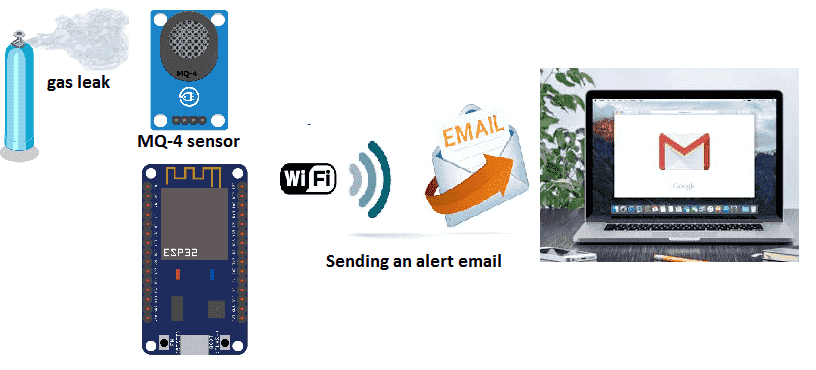
Intelligent gas leak detection system with ESP32

Presentation of gas leak detection system
A gas leak detection system is a device or set of devices that detect the presence of gas in a specific area or location. These systems can use various technologies to detect gas leaks, such as infrared sensors, ultrasonic sensors, or electrochemical sensors. They are commonly used in industrial settings, such as oil and gas refineries, chemical plants, and natural gas distribution systems, as well as in residential and commercial buildings. The goal of a gas leak detection system is to detect gas leaks as quickly as possible in order to prevent fires, explosions, and other hazards.
An IoT-enabled gas leak detection system uses sensors to detect the presence of gas in a specific area. These sensors can be connected to the internet, allowing for remote monitoring and alerts to be sent to a control center or to a specific person’s device. The system can also be set up to automatically shut off gas valves or perform other safety actions in the event of a leak. These types of systems can be used in both residential and industrial settings to prevent gas leaks and improve safety.
An IoT-enabled gas leak detection system using the ESP32 microcontroller would utilize the capabilities of the ESP32 to connect to the internet and send data from gas sensors to a remote location for monitoring. The ESP32 is a low-cost, low-power microcontroller with built-in Wi-Fi and Bluetooth capabilities, making it a suitable choice for IoT projects. The system could be programmed to send alerts to a control center or to a specific person’s device in the event of a gas leak, and can also be set up to automatically shut off gas valves or perform other safety actions. Additionally, the ESP32‘s ability to connect to other devices and sensors could enable the system to integrate with other safety systems and devices.
Purpose of this project
In this project we will realize a gas leak detection system controlled by the ESP32 board connected to the Internet.
It mainly uses MQ-4 gas sensor, when the sensor detects gas leak, ESP32 board will send email alert by WIFI.
Necessary components
ESP32

The ESP32 is a low-cost, low-power microcontroller with built-in Wi-Fi and Bluetooth capabilities. It is a popular choice for IoT projects and is commonly used for a variety of applications such as home automation, wireless control, and sensor data logging. The ESP32 features a dual-core processor, a rich set of peripherals, and support for a wide range of protocols. It can be programmed using the Arduino IDE and various other programming languages such as C, C++, and MicroPython.
Additionally, the ESP32 has a wide range of features including:
- A high-performance processor with a clock speed of up to 240 MHz
- Support for various types of wireless connectivity such as Wi-Fi, Bluetooth, and Bluetooth Low Energy (BLE)
- Multiple communication interfaces such as I2C, SPI, UART, and I2S
- A large number of GPIO pins to connect to external devices and sensors
- A built-in security module for secure communication
The ESP32 is often used in projects where a low-cost, low-power device with Wi-Fi and Bluetooth capabilities is needed, and it is commonly used with other sensors and devices to build IoT projects, home automation systems, wireless control systems, and data logging systems.
MQ-4 sensor
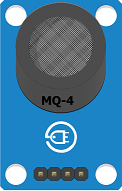
The MQ-4 sensor is a type of gas sensor that is commonly used to detect methane, natural gas, and propane. When used with an ESP32 microcontroller, the MQ-4 sensor can be connected to the ESP32‘s analog input pins and the ESP32 can be programmed to read the sensor’s output and determine the concentration of gas in the air. The ESP32 can then send this data over the internet to a remote location for monitoring and analysis.
The system can be designed to send an alert if the gas concentration exceeds a certain threshold, and can also be set up to automatically shut off gas valves or perform other safety actions. Additionally, the ESP32‘s ability to connect to other devices and sensors could enable the system to integrate with other safety systems and devices.
Connecting wires

Connecting wires refers to the process of physically connecting wires or cables to a device or circuit in order to establish an electrical connection. This can be done by using various connectors such as plugs, sockets, or terminal blocks. The wires are typically color-coded to indicate their function, such as red for power, black for ground, and yellow for signals.
Test plate

A test plate is a type of circuit board that is used to test electronic components. It typically consists of a flat board made of a non-conductive material, such as plastic or fiberglass, with a number of holes or pads that are used to connect electronic components. The test plate allows you to connect electronic components and test them easily.
Mounting:
To perform the assembly, you can connect:
For MQ-4 sensor:
-
pin DO to pin D34 of the ESP32 board
-
the VCC pin to the 5V pin of the power supply module
-
the GND pin to the GND pin of the ESP32 board
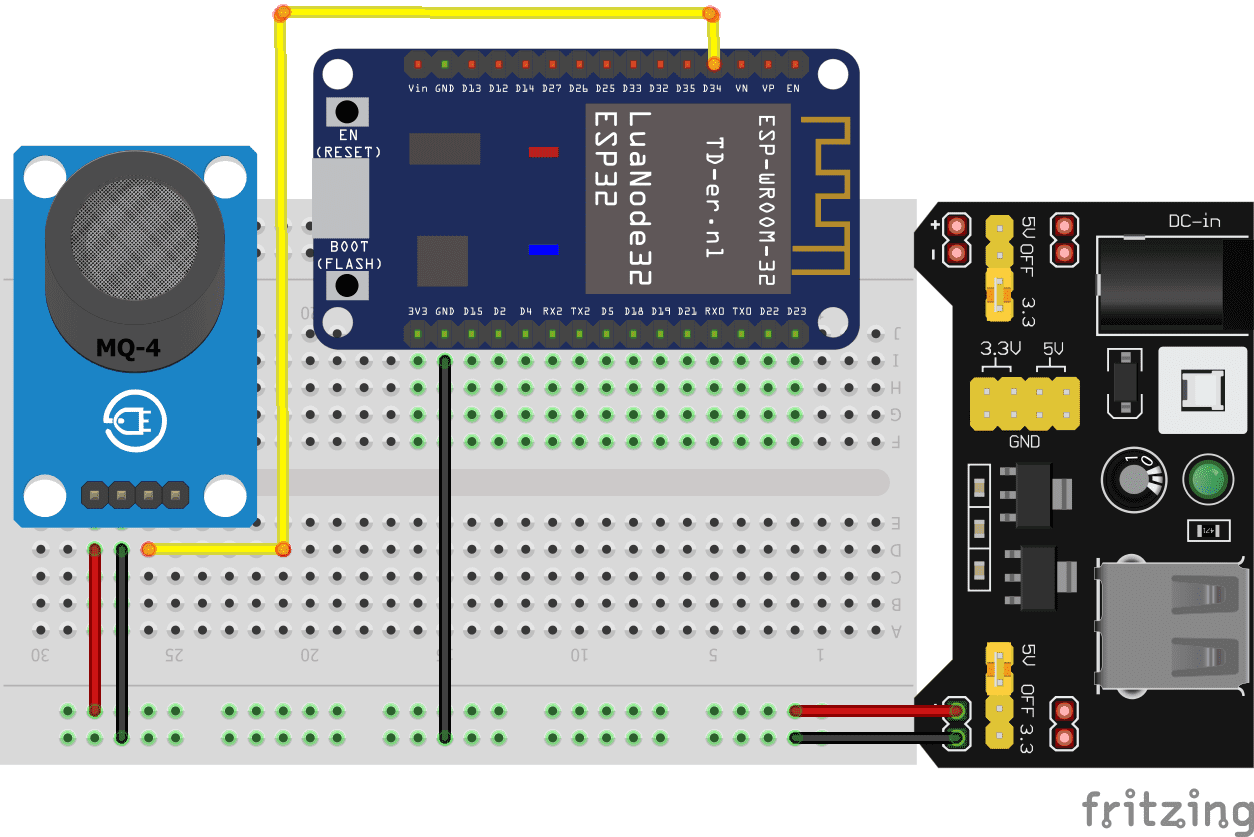
Programme en micropython:
Voici le programme du système de détection des fuite de gaz intelligent connecté à l’Internet:
|
1 2 3 4 5 6 7 8 9 10 11 12 13 |
import ConnectWifi ConnectWifi.connect() import umail from machine import Pin, ADC from time import sleep gaz = ADC(Pin(34)) gaz.atten(ADC.ATTN_11DB) while True: gaz_value = flamme.read() sleep(0.1) if (gaz_value<200): smtp = umail.SMTP('smtp.gmail.com', 587, username='adresse-emetteur@gmail.com', password='**********') smtp.to('adresse-recepteur@gmail.com') smtp.send("Warning!!! there is a gas leak") smtp.quit() |
Note: you must import the two libraries: ConnectWifi.py and umail.py.

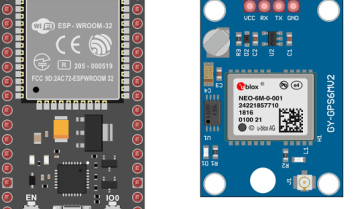
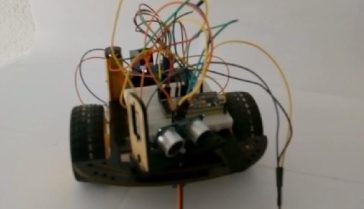

















decentralized package wastewater treatment plants 13-12-2323
It's impressive that you are getting ideas from this article as well as from our dialogue made at this place.
wastewater treatment belt filter press 02-10-2323
Pretty great post. I simply stumbled upon your weblog and wanted to say that I've really enjoyed surfing around your weblog posts. After all I will be subscribing to your rss feed and I hope you write once more soon!